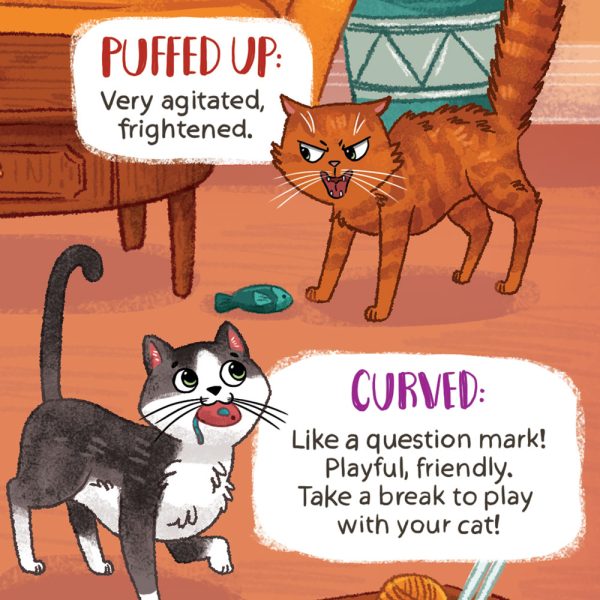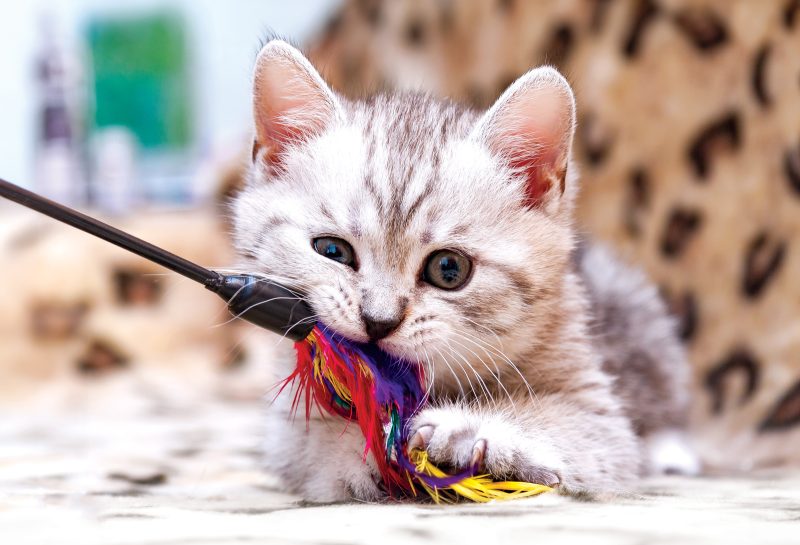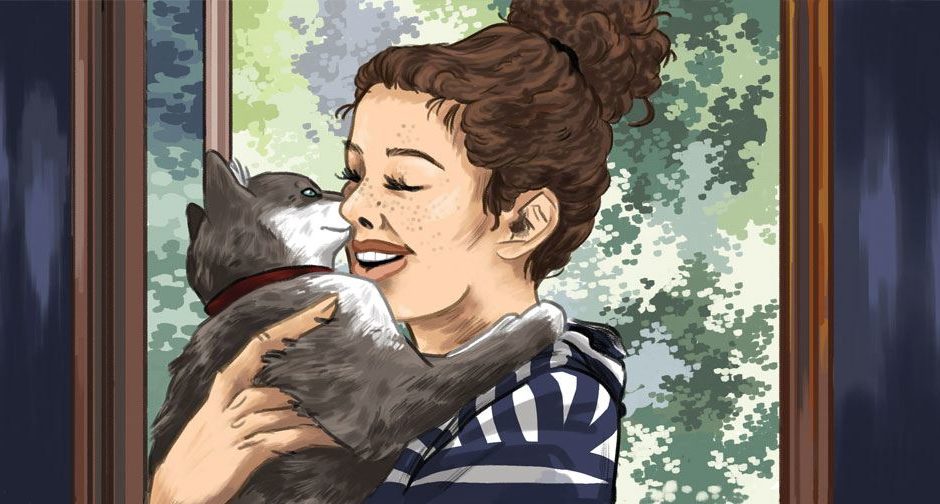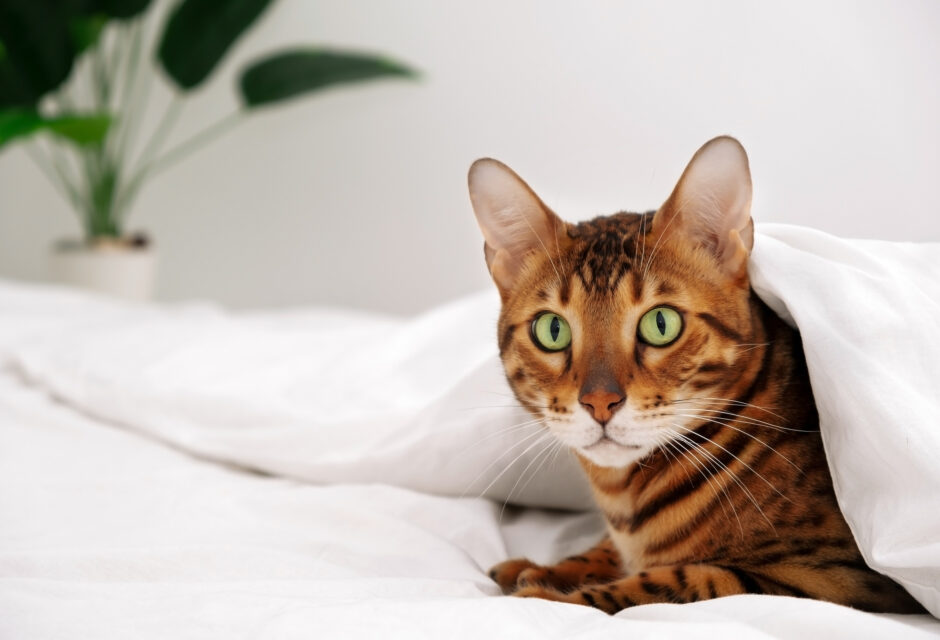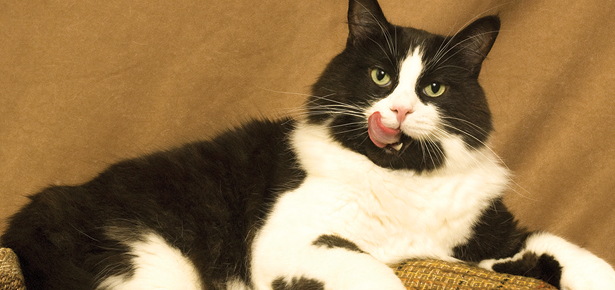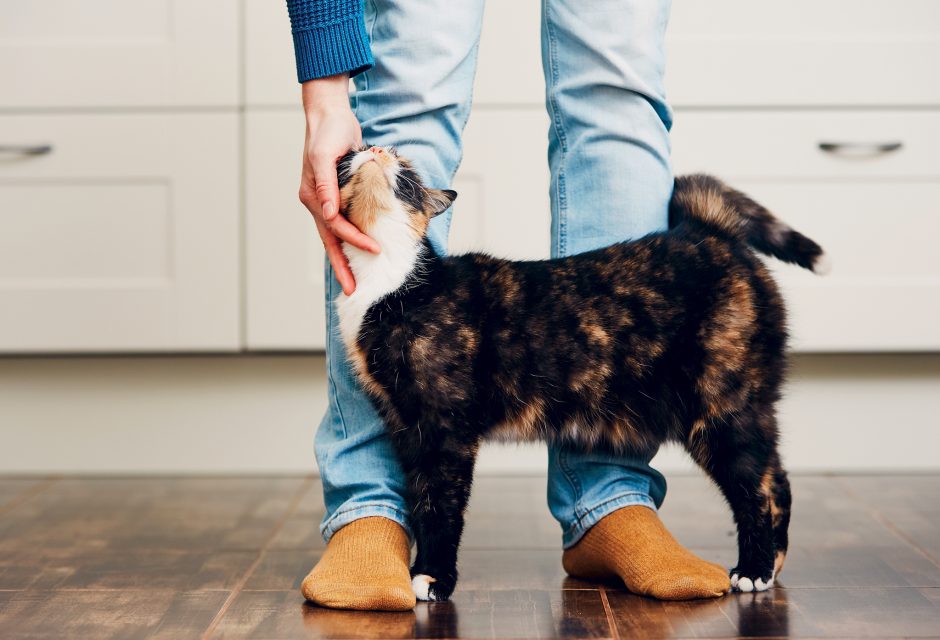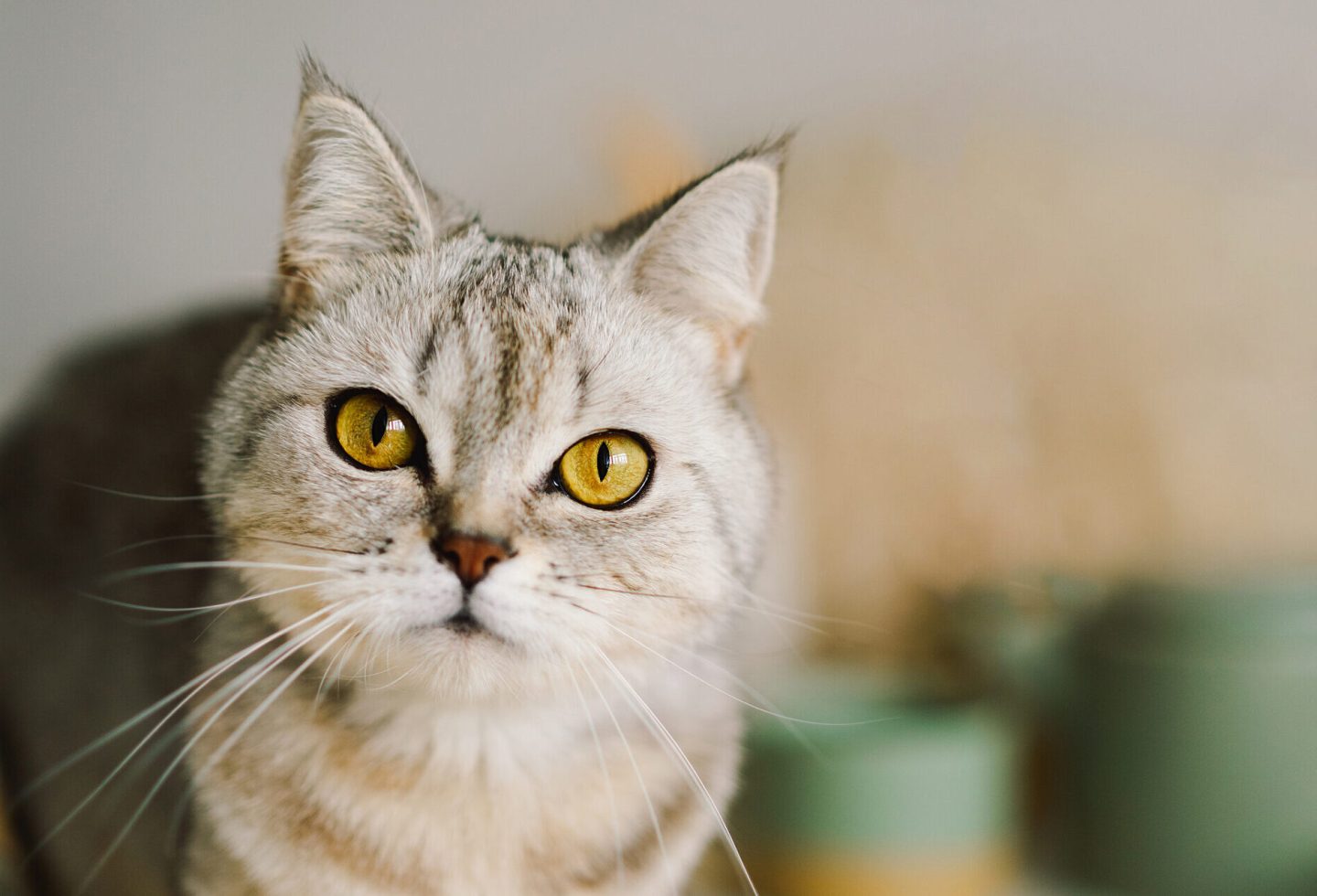
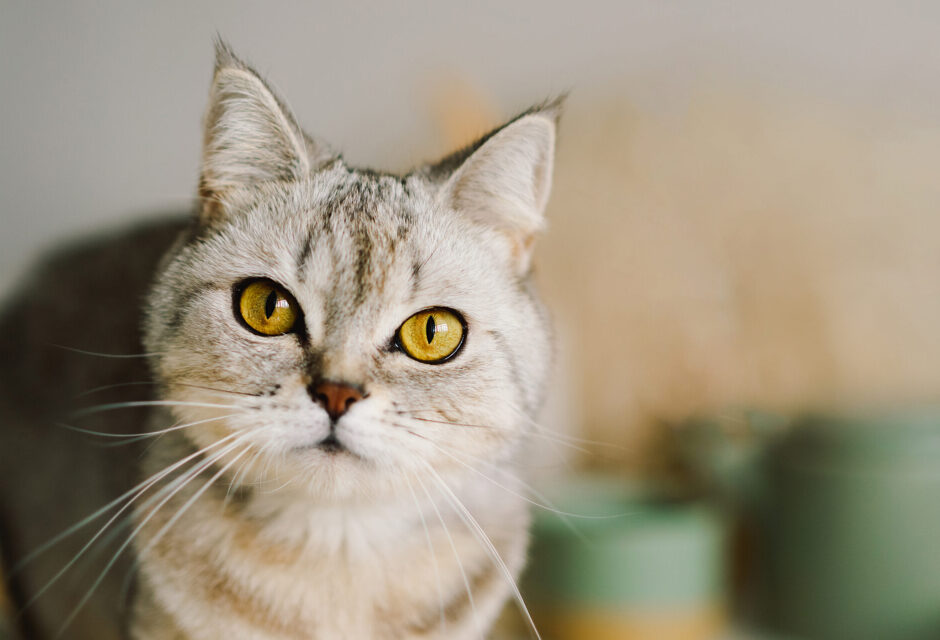
13 Secrets Your Cat Wants You to Know
Understand your cat's body language, needs, and inner secrets
 1. Just because I am purring doesn’t mean I’m happy.
1. Just because I am purring doesn’t mean I’m happy.
Purring can signify contentedness, but it can also mean your cat is in pain, nervous, or is just trying to manipulate you into feeding him. Kelly Morgan, DVM, clinical instructor at the Chicago Center for Veterinary Medicine of the University of Illinois at Urbana-Champaign College of Veterinary Medicine in Chicago, likens it to smiling. People smile when they’re happy, but also when they’re uncomfortable or when they want something. Likewise, purring can indicate a variety of internal states. Pay attention to your cat’s body language when they’re purring, little clues like posture and tension can help you understand your cat and their overall mood.
2. I get a lot of my moisture from food.
Cats don’t have the same drive to hydrate themselves as other animals because their wild ancestors got the majority of their liquid through their food. To make sure your cat is adequately hydrated—a challenge, to be sure—have them eat their liquids: serve them wet food and high-water-content frozen treats, such as ice cubes made from no-salt beef stock. (Of course, make sure plenty of fresh clean water is always available.)
3. I’m meowing at you, human.
Kittens meow for their mother’s attention, but adult cats rarely use meows to communicate with other cats—which means if your cat is meowing, pay attention and try to understand your cat. He’s trying to tell you something.
4. I’m better indoors.
Cats are historically wild, outdoor animals, but with domestication and industrialization, cats are much safer indoors. As caretakers, our charge is to provide the stimulation our cats would get in the outdoors, but in a safe environment. It can be done! For indoor enrichment ideas, click here.
5. I’m not as hungry as I tell you I am.
Cats are amazing at pretending to be hungrier than they are. They know they have you wrapped around their little paws; experience has taught them that. But where food is concerned, your devotion to indulging their wants is not in their favour. According to the Association for Pet Obesity Prevention, more than 50 percent of U.S. cats are obese or overweight; that’s over 47 million fat cats—and they’re not feeding themselves. Despite overweight cats becoming the norm, feline obesity is no joke. It can cause diabetes, arthritis, heart disease, and even cancer. Consult your vet in determining proper amounts of food to feed and stick to your guns.
6. My teeth need to be cleaned.
Dental health is as important for your cat as it is for you. You need to make sure you are cleaning your cat’s teeth on a regular basis. Yes, this means brushing your cat’s teeth. No, this is not fun but it is necessary—and will very likely save you money on vet bills in the long run. Regardless of what type of diet your cat’s on, veterinarian Dr. Loridawn Gordon also recommends feeding your cat raw chicken necks. It’s a great way to allow your cat to not only clean her teeth but get some natural calcium as well. (Never feed your cat cooked bones. They’ll become brittle and can cause serious injuries when ingested.) There are many ways to naturally keep your cat’s teeth and gums healthy, so make sure your cats dental health is taken care of.
 7. I look at you and I see a useless cat.
7. I look at you and I see a useless cat.
According to anthrozoologist Dr. John Bradshaw, author of the fascinating book Cat Sense, cats view humans as large, useless cats, not another species, and thus will treat you as such. They want to help feed you and bathe you because your cat skills are frightfully inadequate. (Plus, they love you and want to take care of you and they show you that by bringing you dead animals sometimes.)
8. I need mostly meat.
Cats are obligate carnivores, meaning they need have to have meat in their daily diet. They require more protein and far fewer carbohydrates than omnivores. Our domesticated cats’ wild predecessors got most of their grains and carbohydrates from the digestive systems of the animals they ate.
9. I love a good timeshare opportunity.
In the wild, cats are solitary animals, but consent to share their territory, rather than dominate it fully; they will allow other cats to come into their claimed territory as long as they are not currently occupying that space. In a multi-cat home without territory disputes, the cats have figured out the times that they are allowed to be in certain spots, perhaps mornings in a favoured window perch before swapping for afternoons in a easy chair. If there are territory squabbles in your multi-cat home, chances are there is a shortage of desirable hang-out spots. If, for example, there is discord over who sleeps on your bed in the evening, try adding a cat tree with a perch to your bedroom. The addition of a new sleeping spot, particularly one at a different eye-level, can eliminate discord.
10. Just because I am showing you my tummy doesn’t mean I want you to touch it.
The most vulnerable place on a cat is her soft tummy. She might show it to you—lucky you; that’s a sign a cat is content and feels safe enough to relax in your presence—but doing so is not necessarily an invitation to dive right in. Respect every cat’s personal space requirements—they vary—and if you do go in for a tummy rub, approach with caution or you might find yourself victim of some fast paw action. If you pay attention and understand your cat, you’ll eventually know the difference between showing off or inviting a tummy rub.
 11. I need vertical space to explore.
11. I need vertical space to explore.
Cats are naturally inclined to climb and perch up high in order to survey their territory. Make sure your cat has a perch of some sort or, ideally, an elevated walkway or series of perches that allows her to survey her domain from on high. If you live in a smaller space like an apartment, having vertical space for your cat to climb and explore becomes particularly important.
12. I don’t just like to scratch, I need to.
(And I’m definitely not trying to ruin your stuff.) Cats need a proper scratching post. As the Humane Society of the United States notes, the purpose behind scratching is multifold: cats scratch to remove the dead outer layer of their claws, mark their territory by leaving both a visual mark and a scent (they have scent glands on their paws), and to stretch their bodies and flex their feet and claws. They scratch when they’re excited, like when you come home from work, after naps, and to claim their space. Fail to provide an approved-by-you outlet for this natural and necessary behaviour and your cat will find somewhere else to exercise this instinctive action—like your couch. If your cat is still scratching on furniture when you’ve provided a scratching post, try moving the post’s location, play with your cat on it, and shower her with praise when she does it right.
13. I have psychedelic super vision.
Cats have very sensitive eyes that can actually see the UV spectrum. Their super-vision opens up to them a wild world of sights and patterns humans can’t see, like psychedelic stripes on plant life and intricate colourations on feathers, perhaps explaining why cats get so fixated on things that, to us, seem utterly pedestrian. Some of the things they see that we can’t? Along with patterns on animals and plants, they also see great fields of urine markers left by animals—so maybe it’s fortunate we don’t share this super sight!
Join the newsletter and never miss out on cat content again!
"*" indicates required fields
By clicking the arrow, you agree to our web Terms of Use and Privacy & Cookie Policy. Easy unsubscribe links are provided in every email.





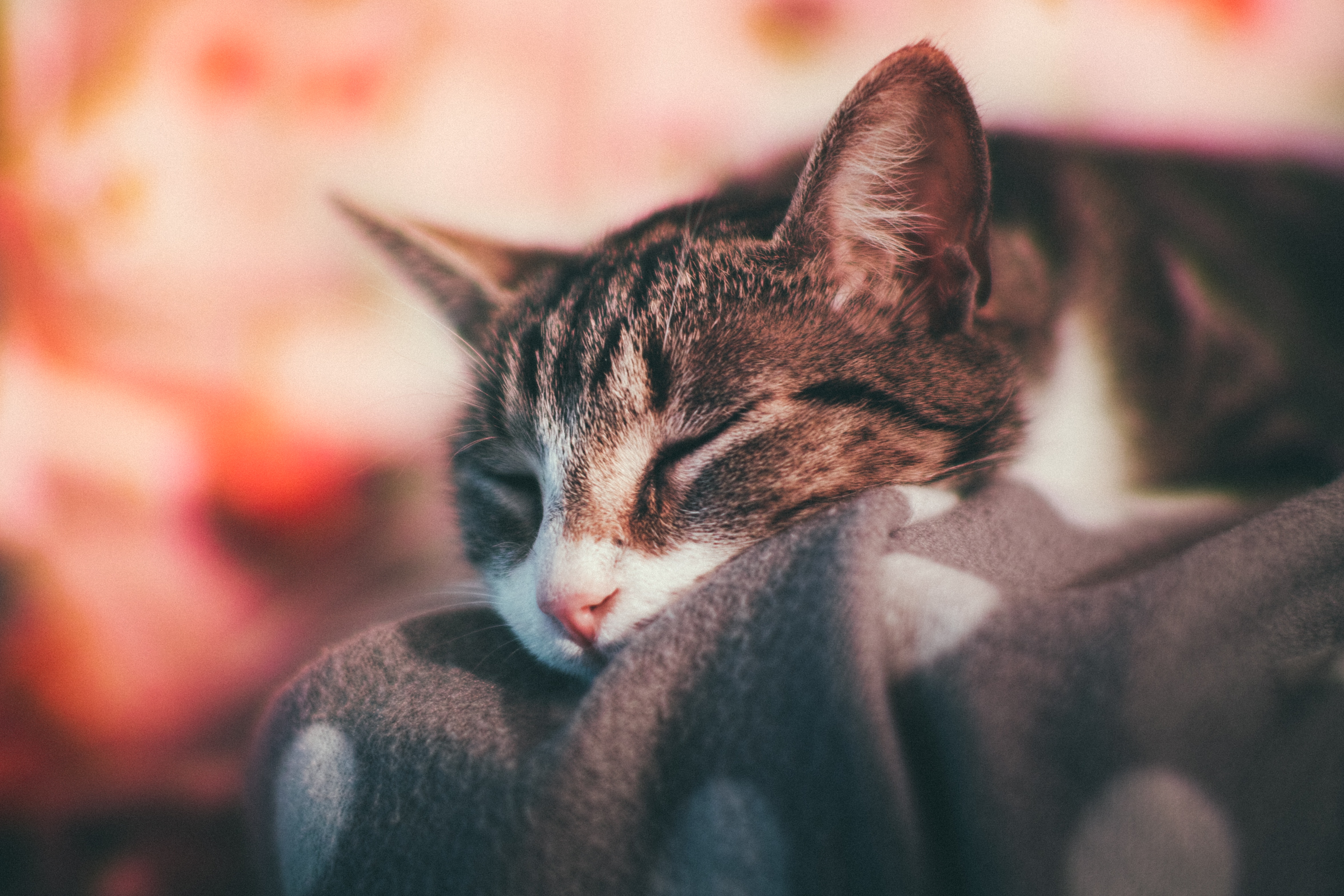 1. Just because I am purring doesn’t mean I’m happy.
1. Just because I am purring doesn’t mean I’m happy.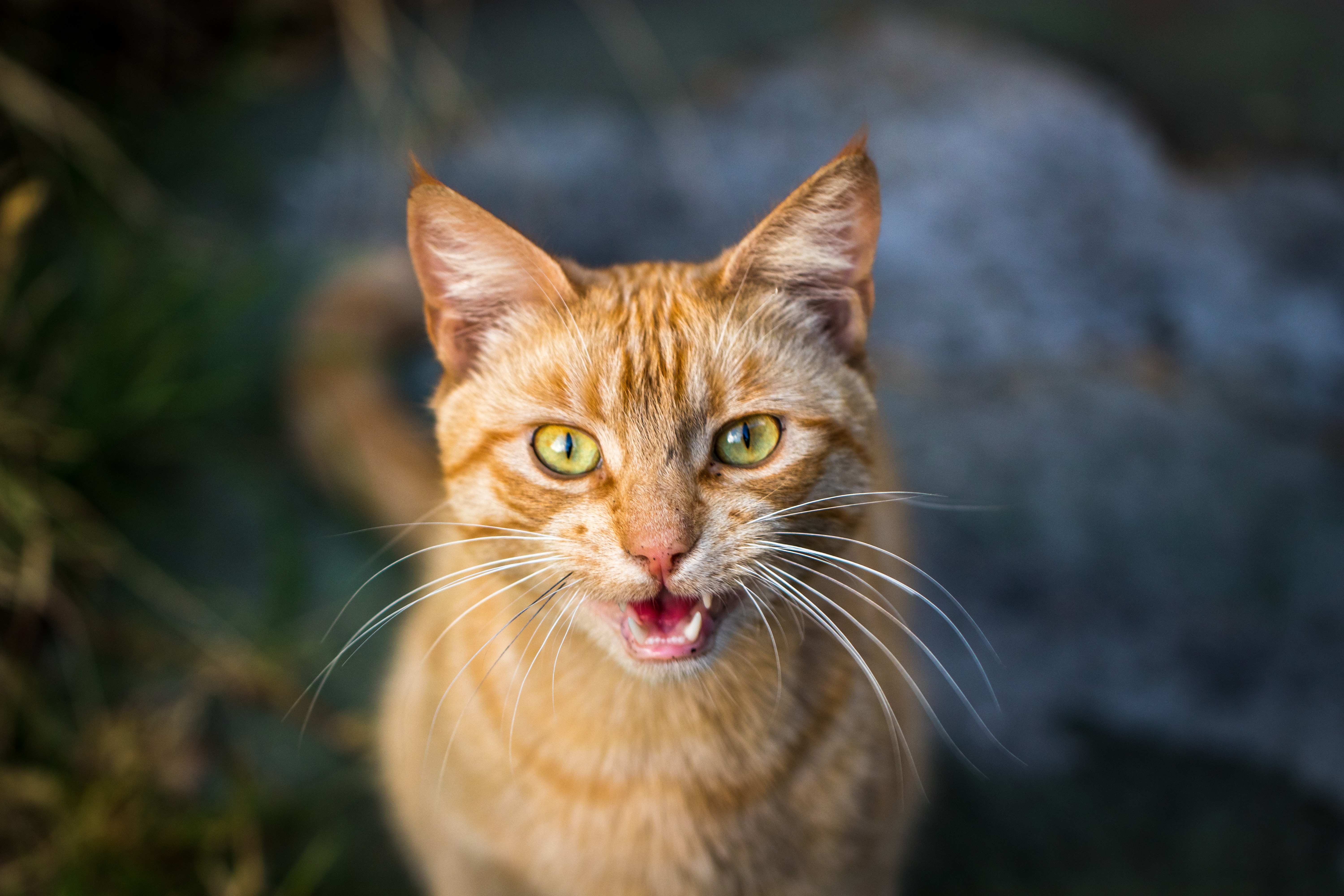
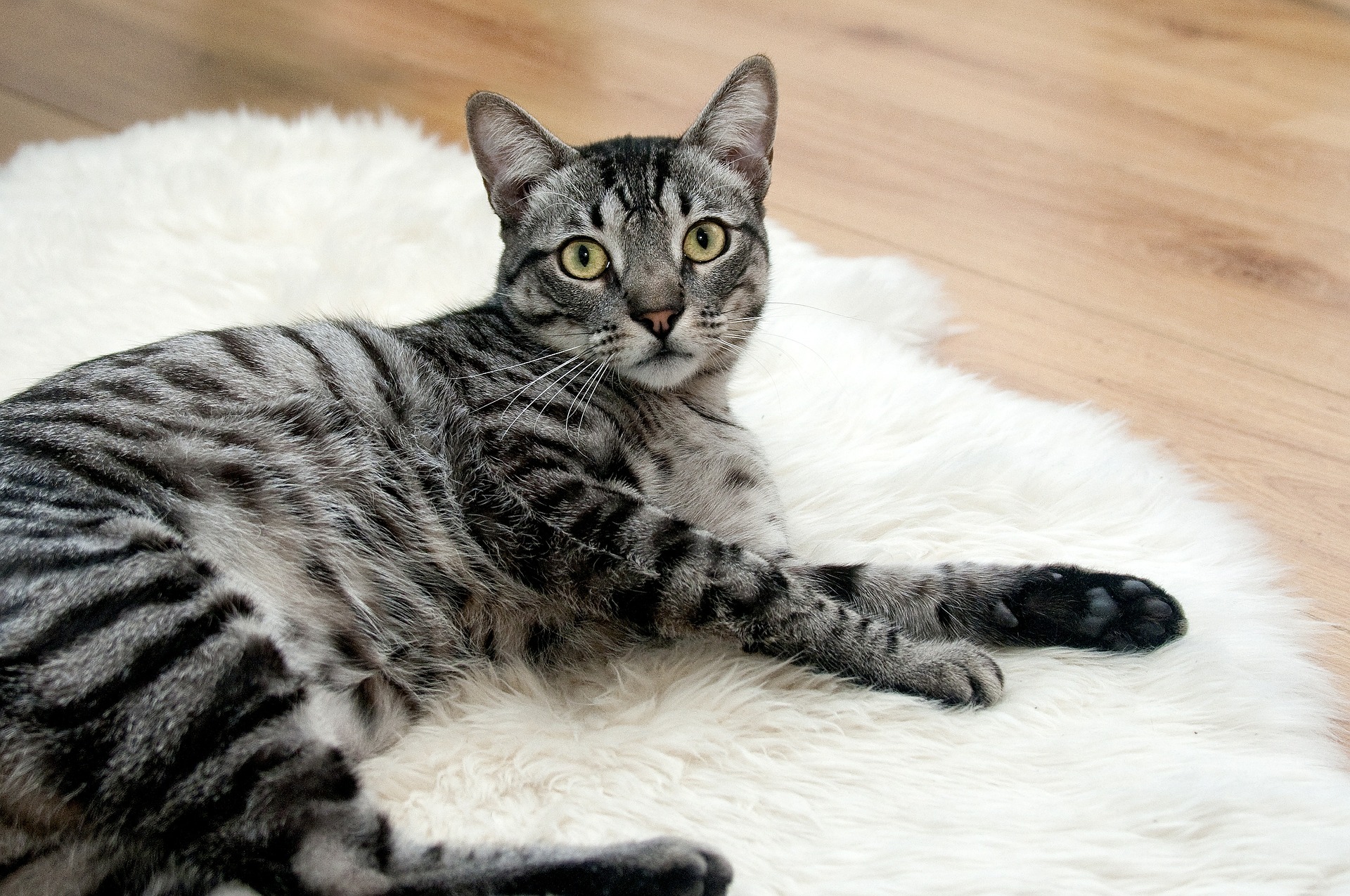 7. I look at you and I see a useless cat.
7. I look at you and I see a useless cat.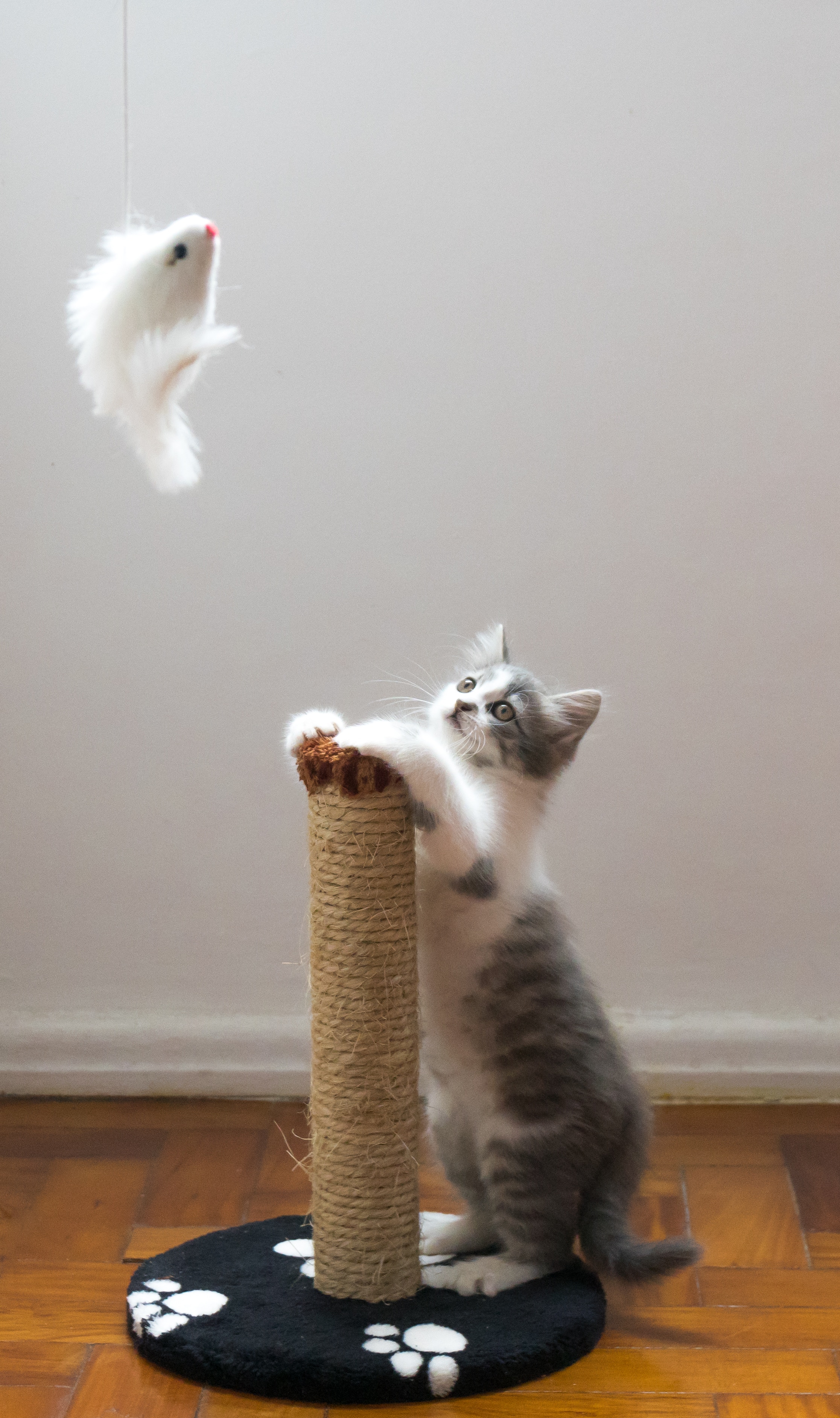 11. I need vertical space to explore.
11. I need vertical space to explore.